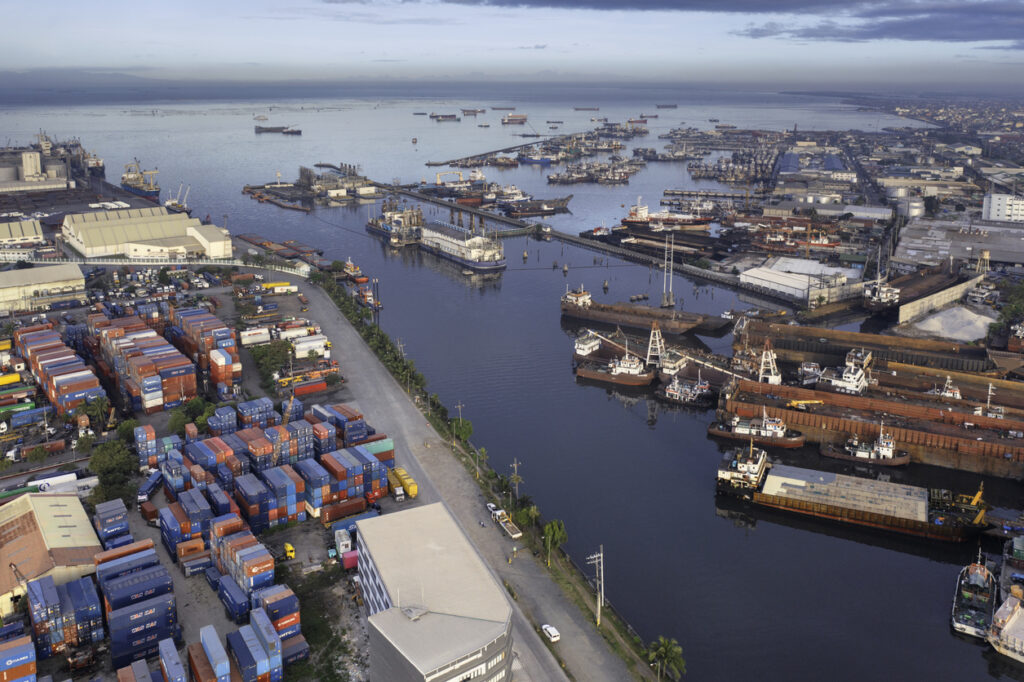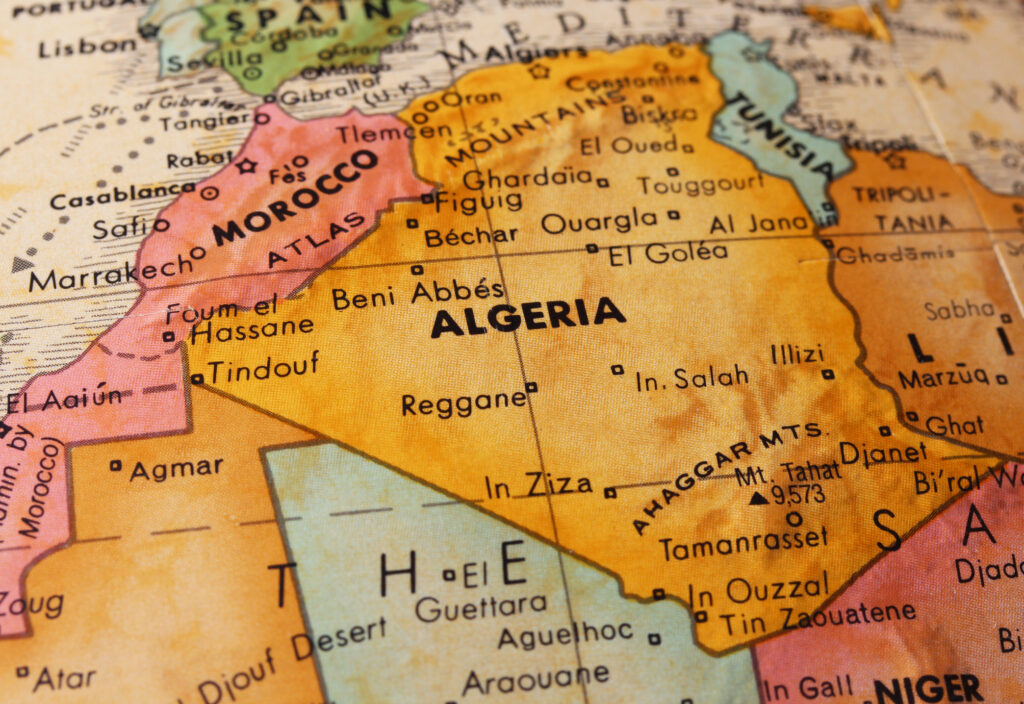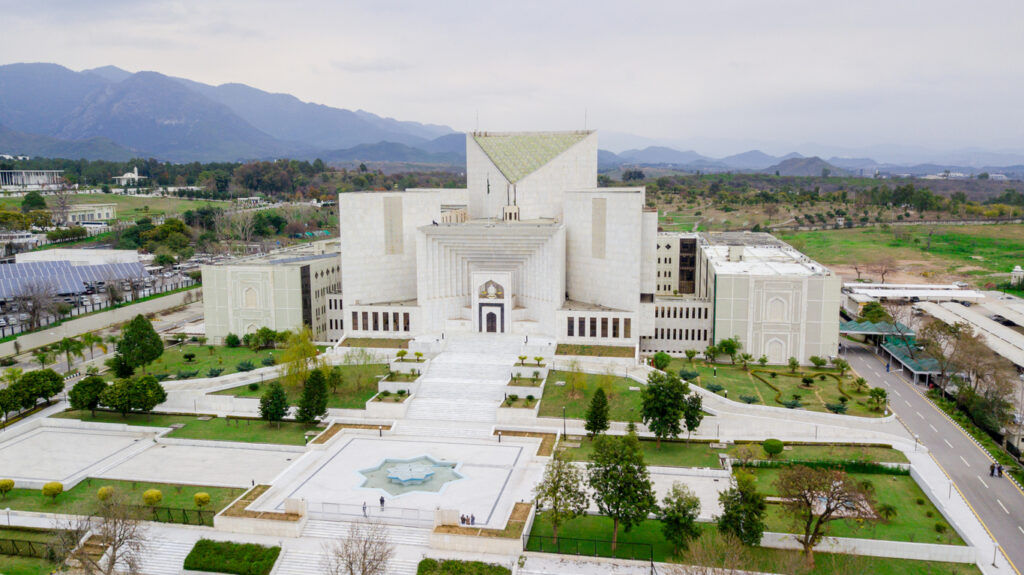Background
The Philippines, an archipelago of over 7,600 islands, is home to more than 115 million people and stands out as one of East Asia’s most dynamic economies. Over the past decade, its GDP has grown by an average of 6% annually, with GDP per capita rising by 50%. This growth has been fuelled by a young, urbanizing population, strong domestic consumption, and key industries such as business process outsourcing (BPO), retail, and tourism. Remittances from overseas workers—among the highest globally—have also played a vital role in supporting household income and reducing poverty, which declined from 16.7% in 2018 to 15.5% in 2023, despite the COVID-19 pandemic and global economic volatility.
Key challenges
Import Dependency
The country is heavily reliant on imports for vital goods such as electronics, fuel, vehicles, construction materials, and staple foods, such as rice. In early 2025, rice importers delayed buying around 350,000 metric tons from Vietnam due to plunging global rice prices. The renegotiations of existing deals risk contract defaults and spotlight the nation’s vulnerability to global price shifts.
Debt & Refinancing Risks
With the Central Bank (BSP) implementing a series of interest rate hikes from May 2022 to October 2023 to combat inflation, borrowing costs surged, raising refinancing risks and the potential for corporate defaults. While default rates in the Philippines are relatively low, notable cases such as Hanjin (2019) and Philippine Airlines (2021) highlight vulnerabilities.
Climate and Natural Disasters
As a typhoon-prone country, the Philippines regularly faces economic disruption from severe weather events, especially in its western and northern provinces. These events cause significant financial losses which may lead to increased loan defaults and slower recovery in affected regions.
Upcoming Elections and Economic Outlook
The upcoming national elections, due to be held on 12 May 2025, are expected to significantly influence the economy. While elections may bring short-term uncertainty, they often drive heightened consumer spending, especially in the food, retail, advertising, and transport sectors.
Consumer spending typically spikes during campaign season due to rallies and political events, benefiting local vendors. The 2025 midterms are forecasted to be among the most expensive in the country’s history, potentially trailing only the 2022 presidential elections, which cost over ₱258 billion ($4.5 billion). According to Kantar Media, steep advertising costs and fierce Senate races are driving these expenses.
The Bank of the Philippine Islands (BPI) projects GDP growth of 6.3% in 2025, attributing part of this to election-related economic activity and continued infrastructure investment. For small businesses and workers, especially in media, logistics, and local services, the elections provide both opportunity and income boosts.
Dispute Resolution and Court Litigation
Litigation in the Philippines is governed by the Rules of Court, as issued by the Supreme Court. Recent procedural reforms aim to streamline the process, requiring evidence (judicial affidavits, documents) to be filed with the initial complaint. Pre-trials are now conducted directly by judges, and evidence presentation must begin within 30 days post-pre-trial.
The court system includes municipal/metropolitan trial courts, regional trial courts (RTCs), the Court of Appeals, and the Supreme Court. Selected RTCs serve as Special Commercial Courts for commercial matters. If one is unavailable in a region, general jurisdiction RTCs take over.
From filing to trial, cases typically take 6–12 months. Interim legal remedies include preliminary attachment, temporary restraining orders, preliminary injunctions, receivership, and replevin. Statutes of limitations vary—10 years for written contracts, 6 years for oral and quasi-contracts.
Recognition of Foreign Judgments and Arbitral Awards
Foreign Judgments
Although the Philippines is not a party to the 2019 Hague Judgments Convention, it recognizes foreign judgments under Rule 39, Section 48 of the Rules of Court. A judgment on a specific item is conclusive regarding title, while a personal judgment is presumptive evidence of a right between parties.
The 2015 Supreme Court decision in BPI Securities Corp. v. Guevara confirmed that such judgments require only proof of existence and are presumed valid unless convincingly challenged. The exequatur process for recognition and enforcement typically takes 12–18 months.
Arbitral Awards
The Philippines has been a signatory to the New York Convention since 1967. A foreign arbitral award can be enforced through a petition filed with an RTC in locations tied to the dispute—e.g., where assets are located, the act occurred, or the business or residence of a party is situated. Enforcement usually takes 12–18 months.
Insolvency and Bankruptcy Framework
The Philippine insolvency regime is governed by the Financial Rehabilitation and Insolvency Act of 2010 (FRIA). It applies to both individuals and juridical entities and outlines procedures for rehabilitation and liquidation. Implementation is supported by detailed regulations introduced in 2013.
Types of Proceedings:
- Court-Supervised Rehabilitation – Initiated through formal court proceedings.
- Pre-Negotiated Rehabilitation – Based on prior creditor approval (typically 2/3 in value).
- Out-of-Court Restructuring – Informal agreements requiring consent from a significant majority of creditors.
- Liquidation – Voluntary or court-mandated winding down of assets.
Creditor Prioritization:
- Secured Creditors: Paid first from collateral proceeds.
- Preferred Claims: Include administrative expenses, employee wages, and government taxes.
- Unsecured Creditors: Receive proportional distribution from remaining assets.
Creditors are advised to monitor debtor financial health, verify security enforceability, and participate in proceedings. In cases of debtor non-cooperation or fraud, involuntary petitions for liquidation or rehabilitation may be filed.
Conclusion
The Philippines remains an attractive export market, driven by strong consumer demand and a growing economy. However, non-payment risk should always be a consideration, especially in volatile sectors like agriculture and during periods of economic adjustment. Recent delays in rice import payments, driven by price renegotiations, underscore the need for strong contractual safeguards and active credit monitoring.
If you have any questions about how Recovery Advisers can assist in the Philippines please email your dedicated Case Manager or email [email protected].



